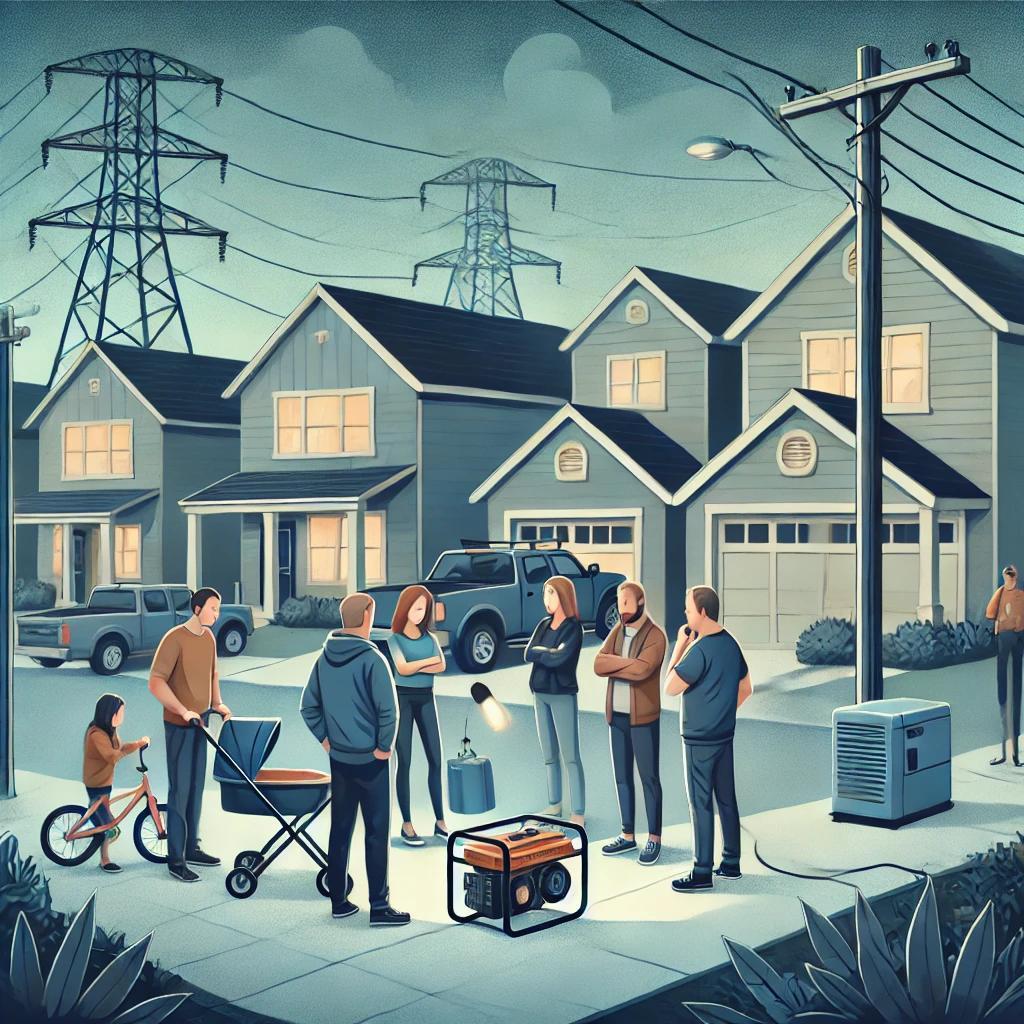Power Outages and Blackouts – Managing Risks for Your Community

Experiencing a power outage is rarely enjoyable. However, it's an inevitable event that requires preparation for minimizing inconvenience and risk. Residents in different community settings, like high-rises or gated neighborhoods, face distinct challenges during blackouts. For community associations, power failures can present serious issues related to risk management, safety, and equipment damage, which can lead to substantial financial impacts. Since blackouts can occur without warning, continuous preparation is essential, as they don't follow a predictable season like hurricanes or monsoons. Let's explore the essentials of blackouts, actions to take when they occur, and proactive planning strategies.
Understanding Blackouts
A blackout refers to a complete loss of electricity in a building or area, while brownouts signify partial power loss. Occasionally, communities can experience both simultaneously. For instance, in 2006, a power failure hit the south tower at Kips Bay Towers Condominium in Manhattan, causing it to be plunged into darkness while the rest of the property remained unaffected.
Blackouts can either be planned or unexpected. In areas like Southern California, planned blackouts usually happen when utility companies perform grid upgrades or replacements. These companies inform residents in advance and adhere to schedules. There are also brief planned blackouts used as a management tool by utilities, often announced through alerts without specific details on affected neighborhoods. Such outages typically last around two hours, minimizing home disruptions.
Unexpected blackouts, such as one caused by a transformer fire at Kips Bay Towers, can last much longer. Other causes include downed power lines from storms, car accidents, or lightning strikes.
Action Steps During a Blackout
Immediate action is crucial when power goes out. Community groups should promptly notify their power provider and communicate with residents about the outage and expected restoration time. It's essential to shut down building systems like water pumps and boilers in high-rises. This prevents damage from water pressure surges upon power restoration. Protecting electrical systems by unplugging electronics also helps avoid short-circuiting. Having an electrician available when power returns can help mitigate potential damages.
Preparedness goes beyond system protection. Listings of residents requiring assistance or with essential medical equipment must be accessible, allowing staff to check on them promptly. Closing amenities like pools and fitness centers enhances safety, as California regulations require operating pumps for pool use. Communities must ensure indoor facilities remain closed without sufficient lighting and ventilation.
In large gated communities, maintaining entry and exit is a priority. Gates should be operable manually, and traffic managed to allow effective monitoring. Having a mobile patrol can provide ongoing checks, bolstering security.
Proactive Planning for Blackouts
Proactive planning reduces risks and costs during a blackout. Stock essential supplies like glow sticks, batteries, and bottled water, ensuring they're always available. Equipment like glow-in-the-dark stairwell tape and portable generators should be maintained regularly for reliability in power outages.
Clarity in roles and tasks during emergencies is crucial. Developing a detailed emergency plan with input from all relevant personnel enhances response efficiency and provides calmness, essential for both staff and residents. Document and display this plan for easy access.
Practice through drills is vital, testing response times and identifying overlooked elements. Regularly revise these exercises to assign suitable tasks to appropriate staff.
Professional guidance can enhance your preparedness. Local emergency management teams and property management firms offer valuable expertise tailored to your community's needs, improving resilience.
Preparedness is key to effectively managing blackouts. By implementing these strategies, your community can efficiently handle unforeseen power outages and protect its residents and infrastructure.





